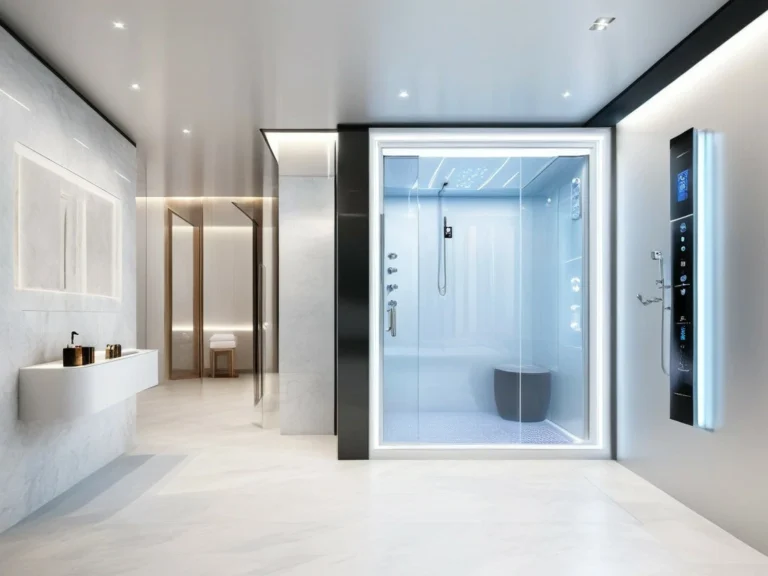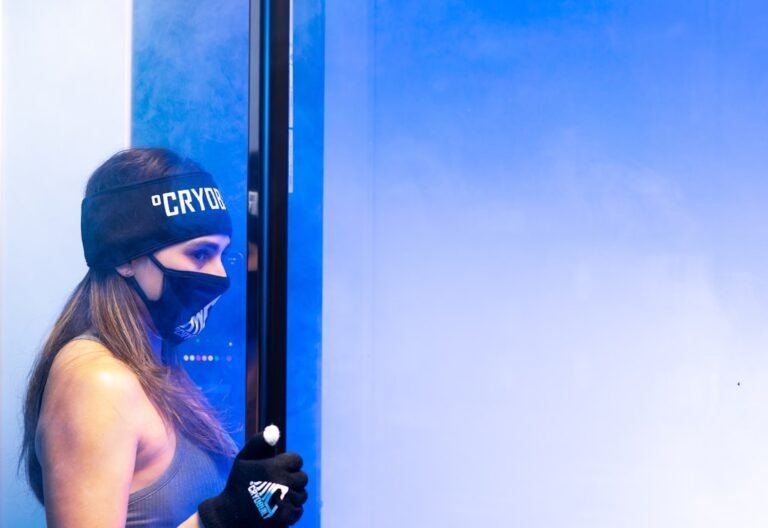Safety Standards for Cryotherapy Providers: What Londoners Need to Know

While cryotherapy offers numerous benefits, providers must prioritize safety in their practices. The extreme cold temperatures used in cryotherapy can pose risks if not administered properly. Providers need to follow strict safety standards to ensure the well-being of their clients.
So, what are the safety standards for cryotherapy providers?
SUMMARY
- Safety standards are crucial for cryotherapy providers to prevent accidents and injuries.
- Cryotherapy providers in London must adhere to regulations and guidelines to ensure safe practices.
- Proper qualifications and training are necessary for cryotherapy providers to offer safe and effective treatments.
- Equipment maintenance and calibration are essential for safe and accurate cryotherapy treatments.
Understanding the Importance of Safety Standards for Cryotherapy Providers
One of the potential risks associated with cryotherapy is frostbite. Exposure to extremely cold temperatures can cause damage to the skin and underlying tissues if precautions are not taken.
Providers must ensure that clients are properly protected during the treatment, including wearing protective clothing and covering sensitive areas such as the ears, nose, and fingers.
Another risk is the potential for respiratory issues. Inhaling extremely cold air can cause breathing difficulties, especially for individuals with pre-existing respiratory conditions such as asthma. Providers must assess the client’s medical history and ensure that they are suitable candidates for cryotherapy.
Regulations and Guidelines for Cryotherapy Providers in London
In London, cryotherapy providers are required to adhere to specific regulations and guidelines to ensure the safety of their clients. These regulations are in place to protect the public and maintain high standards of practice.
One of the main regulations is the requirement for providers to obtain a license from the local authority. This license ensures that providers have met certain criteria and have undergone the necessary training to safely administer cryotherapy treatments. Providers must also comply with health and safety regulations, including maintaining proper hygiene and sanitation in their facilities.
Additionally, providers must have appropriate insurance coverage to protect themselves and their clients in case of any accidents or injuries. This insurance should cover liability, professional indemnity, and public liability.
Light read: Cryotherapy vs. Turkish baths in London
Qualifications and Training Required for Cryotherapy Providers
To become a cryotherapy provider in London, individuals must undergo specific qualifications and training to ensure they have the necessary knowledge and skills to administer safe treatments.
One of the main qualifications required is a Level 3 Diploma in Cryotherapy. This qualification covers topics such as anatomy and physiology, health and safety, client care, and cryotherapy techniques. It provides individuals with a comprehensive understanding of cryotherapy and its applications.
In addition to formal qualifications, providers need to undergo practical training under the supervision of experienced professionals. This hands-on training allows individuals to gain practical experience in administering cryotherapy treatments and ensures they are competent in handling any potential risks or complications.
Importance of Proper Equipment Maintenance and Calibration
Proper equipment maintenance and calibration are crucial for ensuring the safety of cryotherapy treatments. Cryotherapy machines and chambers must be regularly inspected and maintained to ensure they are functioning correctly and safely.
Providers should have a maintenance schedule in place to regularly check and service their equipment. This includes inspecting the electrical components, ensuring proper insulation, and checking for any signs of wear or damage. Regular calibration of the temperature controls is also essential to ensure accurate and consistent temperature readings.
In addition to regular maintenance, providers should also have a contingency plan in place in case of any equipment failures or malfunctions. This may include having backup equipment available or having a maintenance contract with a reliable service provider.
Ensuring Hygiene and Sanitation in Cryotherapy Facilities
Maintaining proper hygiene and sanitation in cryotherapy facilities is essential to prevent the spread of infections and ensure the safety of clients. Providers should follow strict protocols to ensure cleanliness and hygiene standards are met.
One of the main steps providers should take is to ensure that all surfaces and equipment are properly cleaned and disinfected between each client. This includes wiping surfaces, changing protective coverings, and disinfecting any reusable equipment.
Providers should also ensure that clients are provided with clean and hygienic protective clothing, such as gloves, socks, and robes. These items should be washed or replaced after each use to prevent cross-contamination.
Additionally, providers should have proper hand hygiene protocols in place for both staff and clients. This includes providing hand sanitisers or handwashing facilities and promoting good hand hygiene practices.
Risk Assessment and Management for Cryotherapy Providers
Risk assessment and management are crucial for ensuring the safety of cryotherapy treatments. Providers should conduct thorough risk assessments to identify any potential hazards or risks associated with their practice.
One of the main steps in risk assessment is identifying potential hazards, such as equipment malfunctions, client injuries, or environmental factors. Providers should then assess the likelihood and severity of these hazards to determine the level of risk they pose.
Once risks have been identified, providers should implement appropriate control measures to mitigate these risks. This may include implementing safety protocols, providing proper training to staff, and ensuring clients are properly informed and educated about the potential risks.
Emergency Procedures and First Aid Training for Cryotherapy Providers
Emergency procedures and first aid training are essential for cryotherapy providers to ensure they are prepared to handle any emergencies or injuries that may occur during treatments.
Providers should have a comprehensive emergency plan in place that outlines the steps to be taken in case of an emergency. This plan should include procedures for handling equipment malfunctions, client injuries, and any other potential emergencies.
In addition to having an emergency plan, providers should also ensure that staff members are trained in first aid. This includes basic life support techniques, such as CPR and the use of automated external defibrillators (AEDs).
Staff members should also be trained in how to handle common injuries or complications that may arise during cryotherapy treatments.
Educating Clients on Safety Precautions and Risks Associated with Cryotherapy
Educating clients on safety precautions and the risks associated with cryotherapy is crucial for ensuring their well-being and informed decision-making. Providers should take the time to explain the potential risks and benefits of cryotherapy to their clients before starting any treatments.
Clients should be informed about the importance of wearing protective clothing during treatments and covering sensitive areas such as the ears, nose, and fingers. They should also be educated about the potential risks of frostbite and respiratory issues, especially if they have pre-existing medical conditions.
Additionally, providers should provide clients with written information or consent forms that outline the potential risks and benefits of cryotherapy. This allows clients to make an informed decision about whether or not cryotherapy is suitable for them.
Importance of Continuous Professional Development for Cryotherapy Providers
Continuous professional development is essential for cryotherapy providers to stay up-to-date with the latest advancements and best practices in the field. Providers should prioritize their professional development to ensure they are providing the highest level of care and safety to their clients.
One way providers can continue their professional development is by attending conferences, workshops, and seminars related to cryotherapy. These events provide opportunities to learn from experts in the field, gain new knowledge and skills, and network with other professionals.
Providers should also stay informed about any updates or changes in regulations or guidelines related to cryotherapy. This may involve regularly checking for updates from regulatory bodies or joining professional associations that provide resources and support for cryotherapy providers.
In conclusion, safety is of utmost importance in cryotherapy practices.
- Providers must adhere to strict regulations and guidelines,
- obtain the necessary qualifications and training,
- maintain and calibrate their equipment properly,
- ensure hygiene and sanitation in their facilities,
- conduct risk assessments,
- have emergency procedures in place,
- educate clients on safety precautions and risks,
- and continue their professional development.
By prioritizing safety, cryotherapy providers can ensure the well-being of their clients and provide effective and safe treatments.
Is There Any Scientific Research on Cryotherapy?
Yes, plenty. CLICK HERE for a vast list of scientific resources related to cryotherapy.






